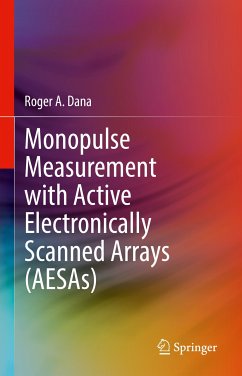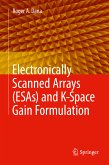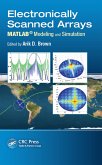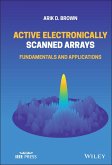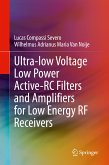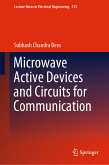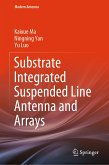This book describes monopulse implemented with Active Electronically Scanned Arrays (AESAs). Both phase- and amplitude-comparison monopulse are addressed. Limitations imposed by AESAs and non-ideal performance due to quantization, vector modulator noise, and element failures are discussed. The author addresses monopulse using modern low-cost AESAs where the hardware is often non-ideal and where one must carefully balance cost and complexity. The relationship between AESA antenna gain and monopulse measurement is shown and is used to construct an accurate "first-principles" simulation of the monopulse measurement process including both Additive White Gaussian Noise and non-ideal hardware effects.For those unfamiliar with monopulse, this book discusses both the theory and implementation of monopulse for application in modern AESA antennas. For those familiar with the ideal performance of monopulse, the book shows the sensitivity of monopulse accuracy to non-ideal hardware implementations, particularly in AESAs. For those familiar with both, the book discusses Monte-Carlo techniques for simulating the measurement process to obtain realistic, non-ideal monopulse performance vs signal-to-noise ratio. And for those working in radar, the book explains the relationship between one-way monopulse and the monostatic radar case with two-way propagation utilizing the same antenna for both transmit and receive.
- Shows the relationship between monopulse theory and implementation in modern AESAs;
- Illustrates the relationship between AESA antenna gain and monopulse accuracy;
- Discusses the limitations of AESA hardware implementation on simultaneous sidelobe control and monopulse measurement.
Dieser Download kann aus rechtlichen Gründen nur mit Rechnungsadresse in A, B, BG, CY, CZ, D, DK, EW, E, FIN, F, GR, HR, H, IRL, I, LT, L, LR, M, NL, PL, P, R, S, SLO, SK ausgeliefert werden.
Hinweis: Dieser Artikel kann nur an eine deutsche Lieferadresse ausgeliefert werden.

